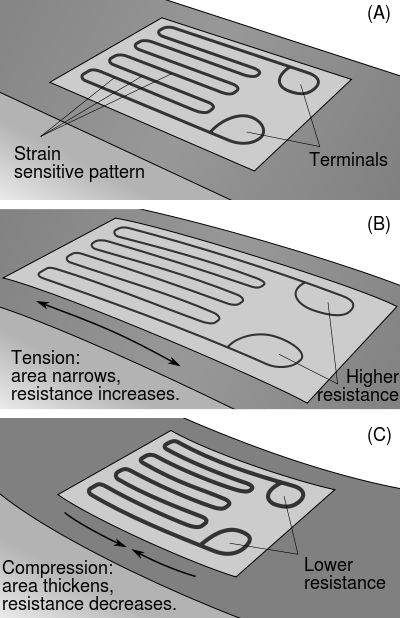LAMPSguy
Well Known Member
Many systems we have used for years and assumed were "indispensable" are slowly being replaced. Their demise is often characterized by cantankerous pilots as the decline of aviation, the beginning of the end, or even as unsafe (sometimes this is true). We have seen vacuum systems be completely replaced by robust electrical systems, VOR's replaced by GPS, etc.
Many of us think pitot systems are irreplaceable because, well, we "need" airspeed, right? Well I was thinking last night about this. I fly some great machines bought and paid for, as well as maintained by, all of you wonderful taxpayers (thank you). This is to say that if I have ANY gripe, I just write it up and it gets fixed. Well, even with this level of maintenance, we often have a few knots of slop between sides and between reality in the pitot systems (2 independent systems for each side, with the ability to switch between sources, all glass panel). One system we always thought was "required" was a doppler radar for use while hovering at low altitudes over water (If you think this is not necessary, try hovering a helicopter at 70ft, at night with no visible horizon, over the same spot without getting vertigo or drifting due to the rotor wash in the ocean!). We now just use GPS position coupled with INS...NO doppler!
I see a possibility in the not too distant future where we have accurate and reliable ADS-B info (ground winds for every station as well as regional/altitude enroute data). If this data can be made accurate enough (might already be), vector summed with your GPS ground vector, voila, "airspeed". Sure, the numbers would not be perfect, but I am thinking back to every time I have compared my IAS(pitot) with my computer generated AS (GS summed with winds) and it is almost always within a few knots...the slop I already have in my pitot system. So, if this would be reliable enough, you could get rid of the pitot tubes, static ports, alt air source, included tubing, electronic sending unit, POWER for heated pitot, aerodynamically cleaner aircraft...
Thoughts?
Many of us think pitot systems are irreplaceable because, well, we "need" airspeed, right? Well I was thinking last night about this. I fly some great machines bought and paid for, as well as maintained by, all of you wonderful taxpayers (thank you). This is to say that if I have ANY gripe, I just write it up and it gets fixed. Well, even with this level of maintenance, we often have a few knots of slop between sides and between reality in the pitot systems (2 independent systems for each side, with the ability to switch between sources, all glass panel). One system we always thought was "required" was a doppler radar for use while hovering at low altitudes over water (If you think this is not necessary, try hovering a helicopter at 70ft, at night with no visible horizon, over the same spot without getting vertigo or drifting due to the rotor wash in the ocean!). We now just use GPS position coupled with INS...NO doppler!
I see a possibility in the not too distant future where we have accurate and reliable ADS-B info (ground winds for every station as well as regional/altitude enroute data). If this data can be made accurate enough (might already be), vector summed with your GPS ground vector, voila, "airspeed". Sure, the numbers would not be perfect, but I am thinking back to every time I have compared my IAS(pitot) with my computer generated AS (GS summed with winds) and it is almost always within a few knots...the slop I already have in my pitot system. So, if this would be reliable enough, you could get rid of the pitot tubes, static ports, alt air source, included tubing, electronic sending unit, POWER for heated pitot, aerodynamically cleaner aircraft...
Thoughts?





